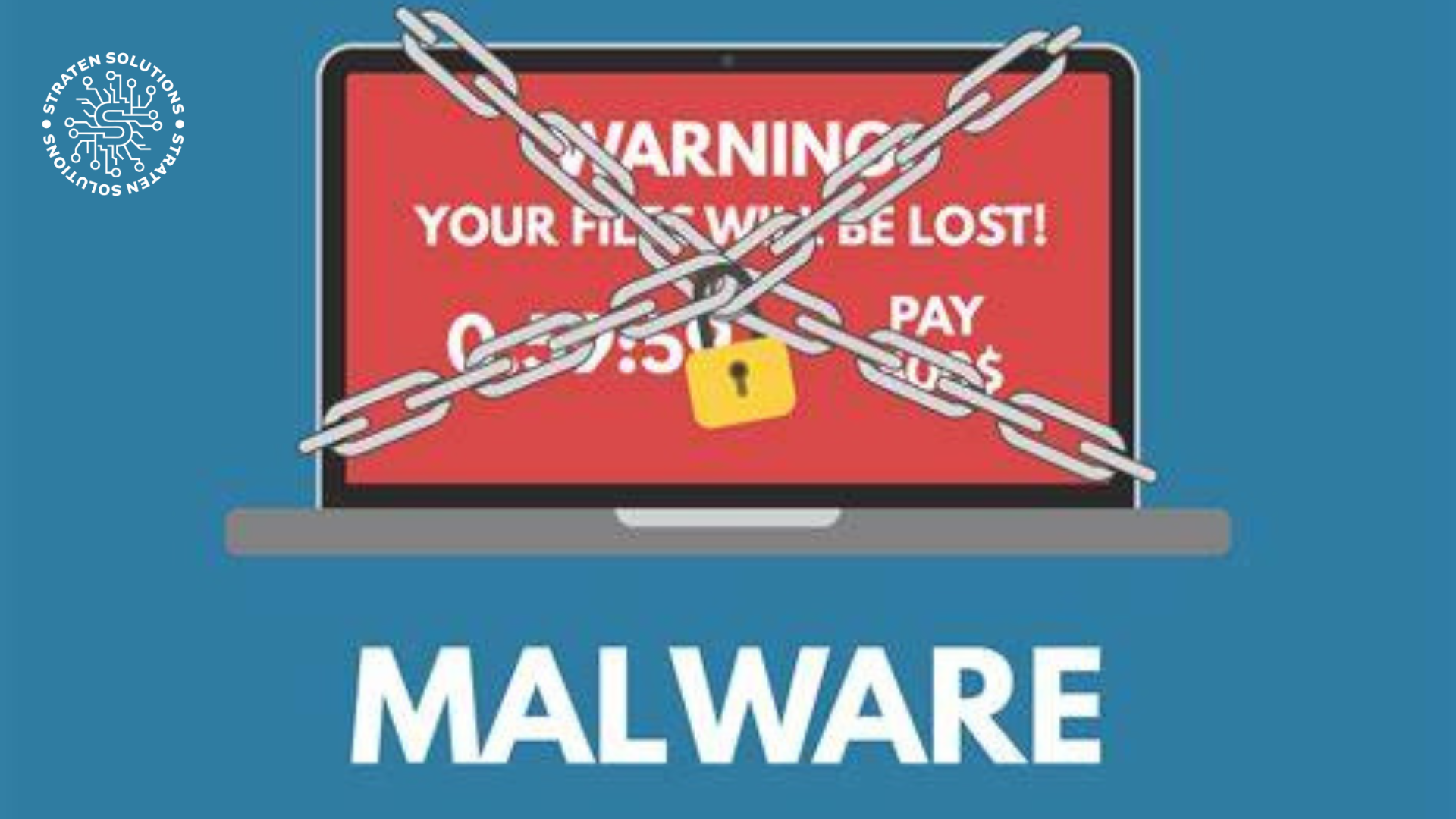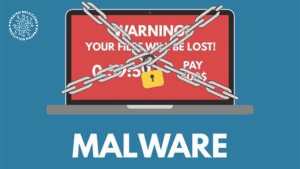
In today’s interconnected digital world, cybersecurity is more crucial than ever. Malware, short for malicious software and the its common types, remains one of the most significant threats to individuals and organizations alike.
DEFINITION OF MALWARE
Malware encompasses a wide range of malicious programs designed to disrupt operations, steal sensitive information, or gain unauthorized access to computer systems.
It includes viruses, worms, Trojans, ransomware, spyware, adware, and other harmful programs. Cybercriminals use malware to exploit vulnerabilities, steal data, commit fraud, and disrupt operations.
TYPES OF MALWARES
1. Viruses
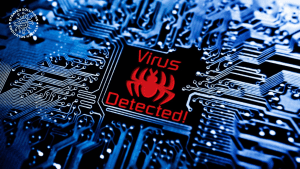
Viruses are perhaps the most well-known type of malware. They attach themselves to legitimate programs and files, and when executed, they replicate and spread throughout a computer system. Viruses can be transmitted via infected email attachments, compromised websites, or removable storage devices.
Examples:
The Melissa virus in 1999 and the ILOVEYOU virus in 2000 are infamous examples of viruses that caused widespread damage by spreading rapidly through email systems.
Prevention:
Regularly update your antivirus software, avoid opening suspicious email attachments, and be cautious when downloading files from the internet.
2. Worms
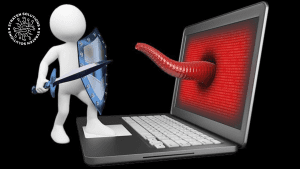
Unlike viruses, worms do not need to attach themselves to existing programs. Instead, they can independently replicate and spread across networks and devices. Worms exploit vulnerabilities in operating systems and network protocols to propagate themselves.
Examples:
The Conficker worm in 2008 and the WannaCry ransomware worm in 2017 are notable for their ability to rapidly spread across global networks, causing massive disruptions.
Prevention:
Keep your operating system and software up to date with the latest security patches, use strong passwords, and implement network segmentation to limit the spread of worms.
3. Trojans
Trojans, named after the mythological Trojan Horse, appear to be legitimate software but contain malicious code that performs unauthorized actions. They often trick users into downloading and executing them, leading to unauthorized access or theft of sensitive information.
Examples:
The Zeus Trojan, known for stealing banking credentials, and the Emotet Trojan, which is commonly used for distributing other malware payloads.
Prevention:
Be cautious of unsolicited email attachments and downloads, use reputable security software with behavior-based detection, and educate users about social engineering tactics.
4. Ransomware
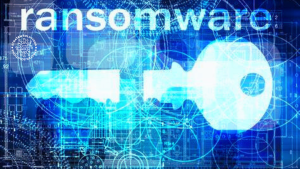
Ransomware encrypts a victim’s files or locks them out of their system until a ransom is paid. It has become a lucrative tool for cybercriminals targeting individuals, businesses, and even critical infrastructure.
Examples:
NotPetya in 2017 and Ryuk ransomware are examples of ransomware attacks that caused significant financial losses and operational disruptions.
Prevention:
Regularly back up your data to offline storage, keep your software patched, and deploy robust email filtering and endpoint protection solutions.
5. Spyware
Spyware is designed to secretly monitor and gather information about a user’s activities without their knowledge or consent. It can capture keystrokes, track web browsing habits, and even activate webcams or microphones.
Examples:
The FinSpy and Pegasus spyware have been used for targeted surveillance by government agencies and malicious actors.
Prevention:
Install reputable anti-spyware software, be cautious when downloading software from unknown sources, and regularly review app permissions on mobile devices.
Conclusion
Cybersecurity threats continue to evolve, and malware remains a persistent risk in today’s digital landscape. By understanding the characteristics and behaviors of viruses, worms, Trojans, ransomware, and spyware, individuals and organizations can better protect themselves against these malicious threats. Implementing proactive security measures, staying informed about emerging threats, and fostering a culture of cybersecurity awareness are crucial steps in mitigating the impact of malware attacks.
Ready to Take Action?
If you’re ready to fortify your organization’s defenses against malware and empower your team with specialized training, contact us today. We’re committed to understanding your unique needs and developing a tailored training plan that aligns with your strategic objectives.



